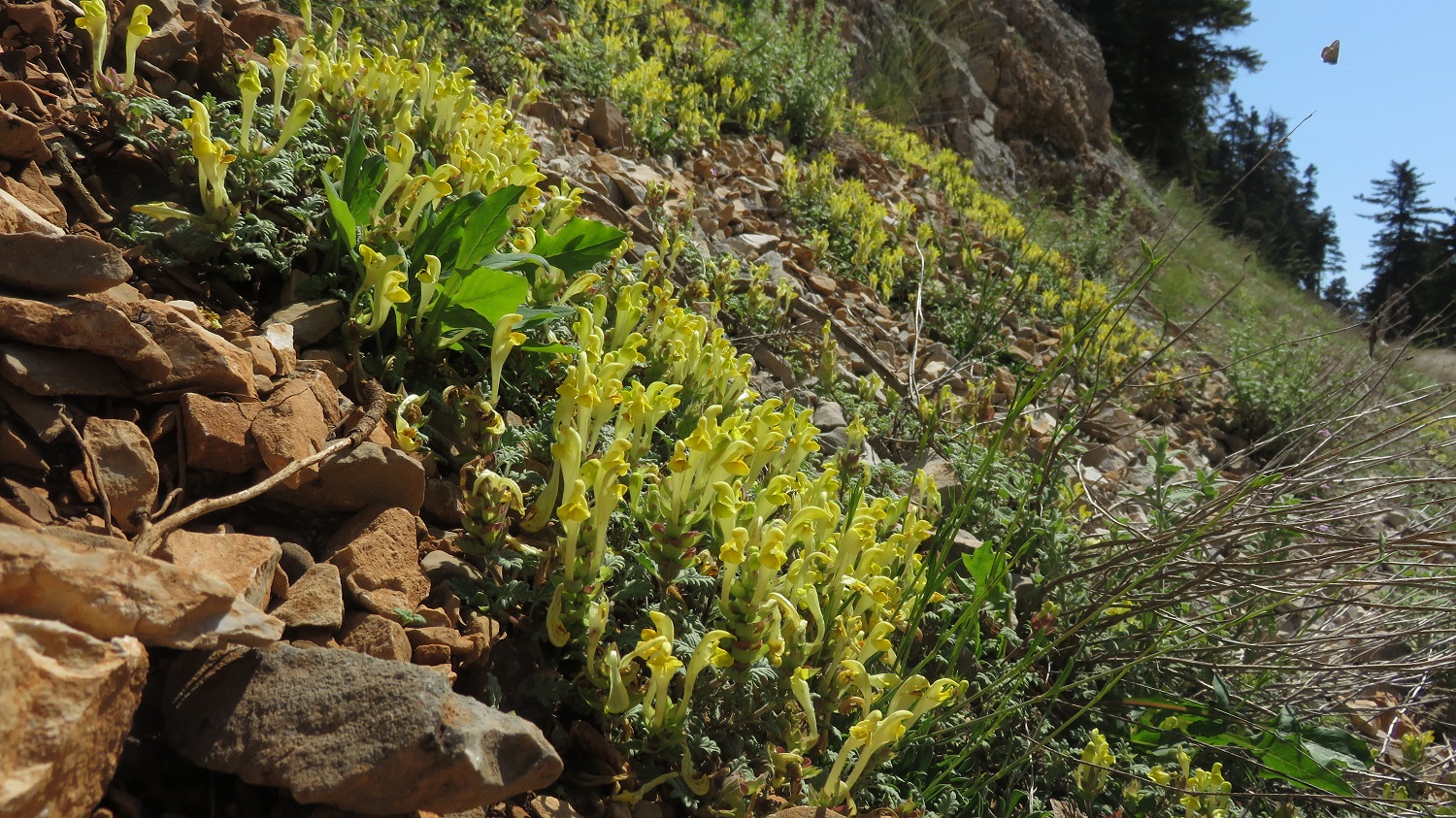5-10-5 : Eleftherios Dariotis, the Greek plantsman
Interview by Eric Hsu
Photography by Eleftherios Dariotis and Eric Hsu
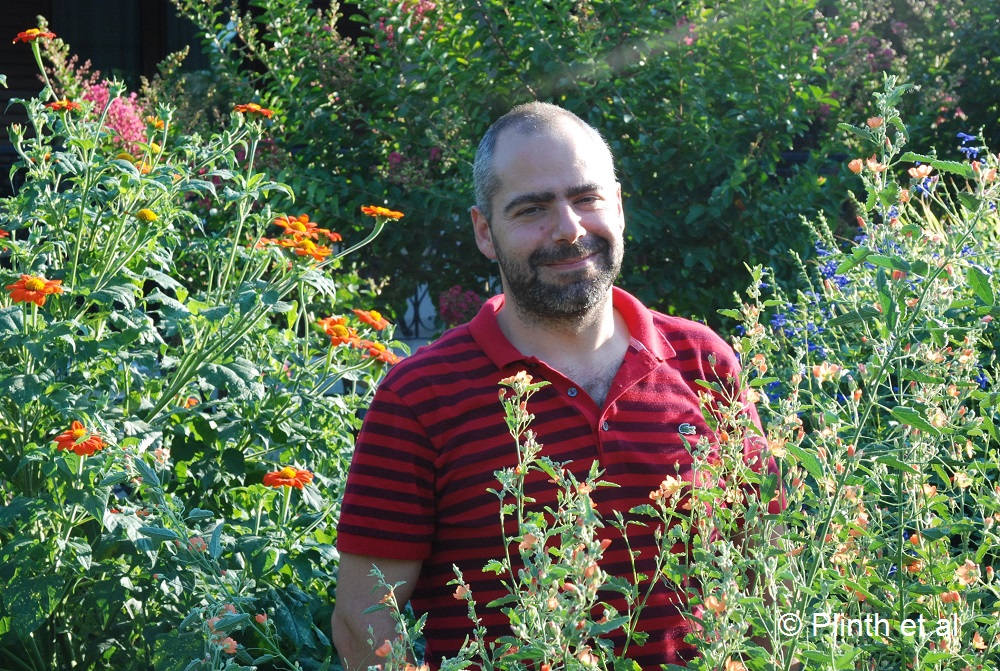
I first became acquainted with Efeftherios Dariotis on Facebook when I began to notice that he was answering the majority of plant identification queries for difficult-to-recognize taxa. Only by coincidence and luck was he to join me and two other colleagues on my work-sponsored (Chanticleer) botanical expedition to Turkey and Greece. Efetherios Dariotis brings serious clout as a sharp-eyed finder of taxa easily overlooked in the wild, as well as being a competent driver of those treacherous, unpaved mountain roads. His patience and good sense of humor stood us in good stead whenever the usual travel challenges came in our way.
Efeftherios will be heading to United States this fall 2016 to lecture for the Salvia Summit (more information can be found here) and the North American Rock Garden Society meetings.
~ Eric
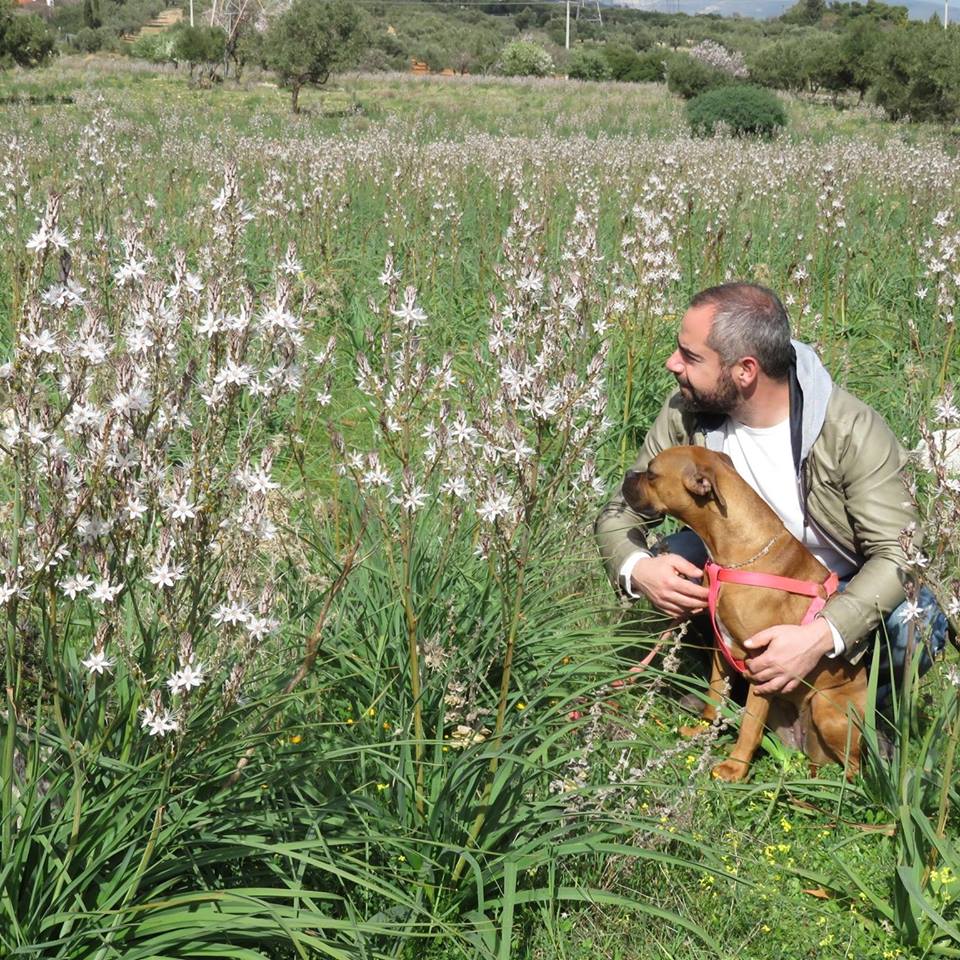
Please introduce yourself.
My name is Eleftherios Dariotis, albeit many people know me as Liberto Dario, a facebook name I invented some years ago which has almost overshadowed my real name!
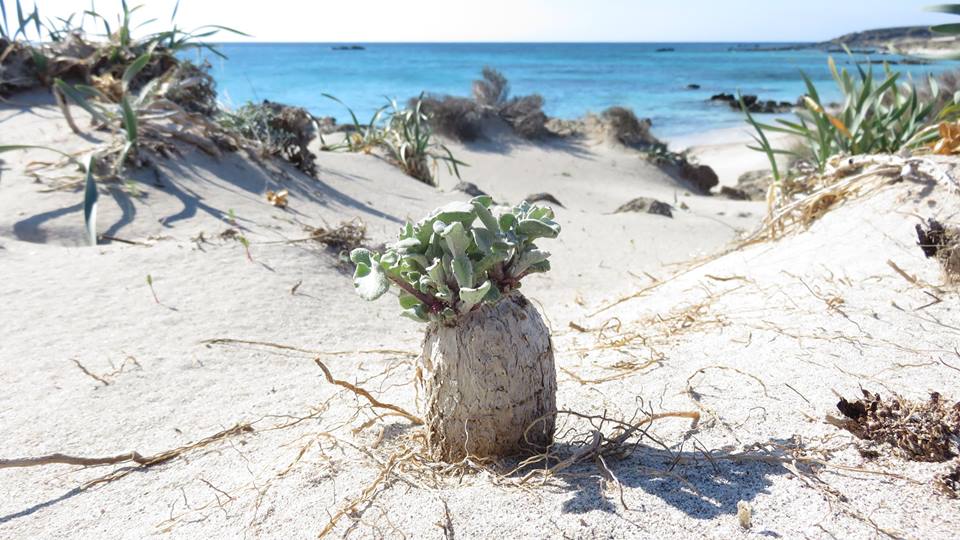
The arts or horticulture? An abstract art for me. A constant and irregular movement and expression of images, textures and colours under constant testing of growing techniques and experimentation. The plant world is too big to confine it.
How did you become interested in plants? I remember as a little child expressing the desire to become a horticulturist and people in my hometown (small town of Peania next to Athens, Greece) looking at me strangely. I usually say it's something I was born with. But I think what sparkled the flame in me was a trip to Chicago, IL when I was eight years old and made me realize how dramatically different plants could be in contrast to what I was used in Athens.
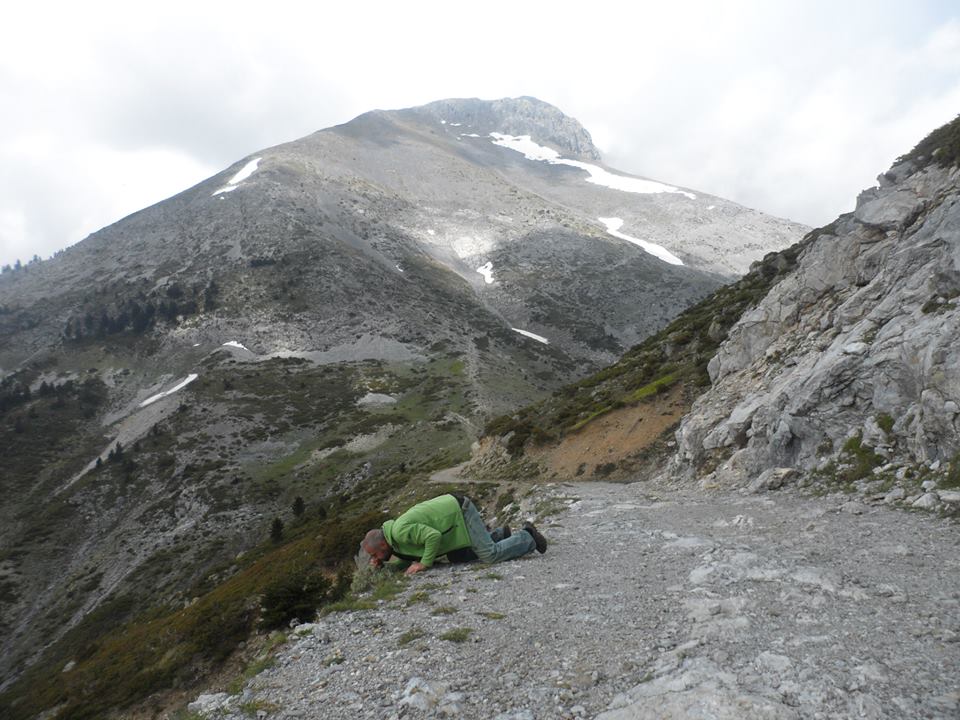
Nothing surpasses the power of observation where plant identification is concerned. Did you develop an early routine of botanizing in Greece before you gardened?
Up until quite recently, 6-7 years ago, I hadn't developed an affection for the Greek flora. Hence, although I've travelled extensively around Greece when I was younger, the real botanizing trips started only recently. But that wealth of images in my mind of the world flora - much of it coming from my own gardening, really helped to track down the minute differences that separate one species from another in our native flora.
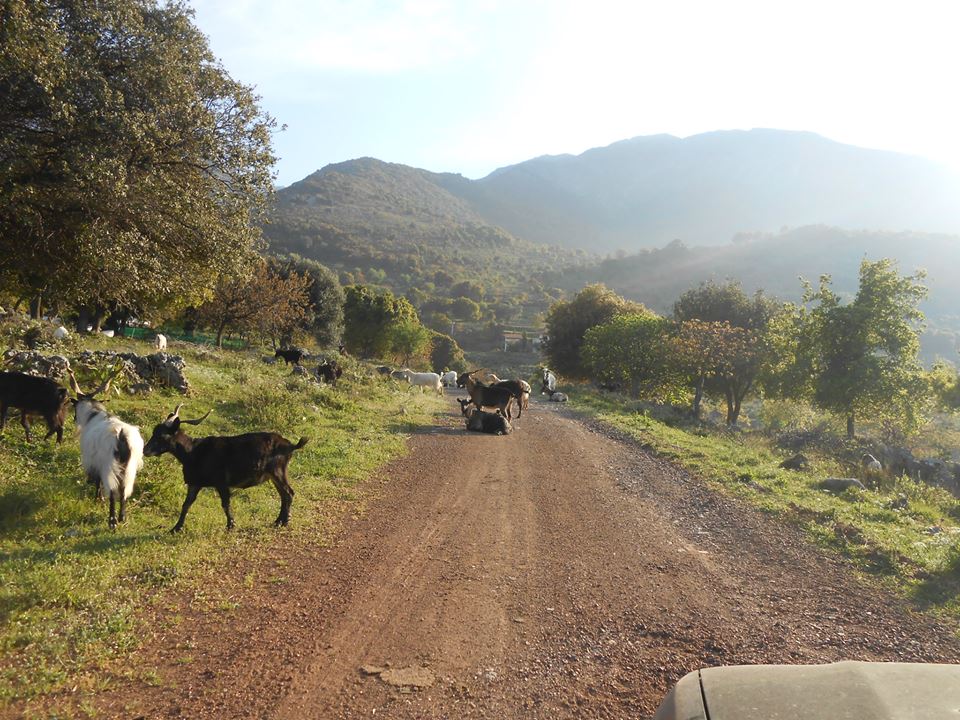
There seems to be a divide in the strength of the horticultural and botanical communities in northern and Southern Europe - Northern Europeans appear to have well developed outlets for disseminating information and plants but Southern Europeans depend on a more disparate network although the Mediterranean Garden Society has readdressed this imbalance. How has social media like Facebook or Instagram helped you close the north south gap?
It's magical how the internet social media have brought plant people together. When I was young it was just me, my plants and my books, nowadays I get to contact and exchange plant information with people all over Europe and the world, even people I've looked upon as plant idols as I was growing up. And if it weren't for all those people I wouldn't even consider taking the step from gardening on my backyard to leading plant tours, doing plant sales online and visiting abroad for plant lectures. And you've probably sensed it, plant people are a special group in general, there is a certain kindness and passion that characterizes them, and make me at least feel comfortable.
Greece has successfully promoted itself as the ideal Mediterranean getaway for its sun kissed islands, simple and tasty cuisine, and classical ruins (you know how a decrepit pile of rocks isn't the same everywhere!). How well publicized are its nature treks or the biodiversity in the marketing campaigns?
Apart from some very well known landmarks like the treck up on Mt.Olympus or the one in Samaria Gorge in Crete, not much is well known. There have been some decent campaigns to promote the importance of Greece as a biodiversity destination but we still have a long way to go. Greece has always been known for its high plant diversity (highest in Europe actuallly) and many botanists of the previous decades have travelled around to describe it. However, ask a random person - even a plant person - if he considers the country a summer vacation or a plant exploration destination. Obviously the strength of the images of white washed island villages and fabulous beaches is quite stronger. Visiting the country in the blazing heat of August doesn't help you realize what lies beneath those naked soils and dried up shrubs. But come in April and see how Santorini explodes with colour by pink stocks and yellow daisies and you'll be amazed. In fact correctly timing your trip to Greece to perceive the wealth of its flora is key. And you don't have to forget about the sea; add a small side trip in August to an alpine area of some of our highest mountains and you'll be shocked at the variety of alpines flowering with a backdrop of the sea you've been swimming in 2.500m further down!
I recall you saying how Greece is a different country in spring after winter rains. Most people visit Greece for summer holidays but few come in spring. How would you describe a Greek spring in terms of the landscape?
Spring here is pure madness! You simple can't take in what's going on within those few months of the year. For me what characterizes it, is the the speed of how things are changing. You visit a hillside one day and you come back after two weeks only to realize that almost everything you see is different. You can 'blame' our weather for that. For an average site, a change from regular night freeze in February to temperatures in the 90's in May is not unusual. So everything has to go fast. As soon as the bulbs dare to rise above the ground, the annuals come running above them, then the shrubs thicken and overshadow everything. Add to that the dramatic landscape of thousands of islands, mountains and cliffs dispersed throughout the country and you realize how abundant and diversified plants can be in this small country. I can't remember a single time I've went through the same trail or dirt road for the tenth time or more and hadn't found myself saying ' wow, this grows here as well? how come I've never noticed it?'.
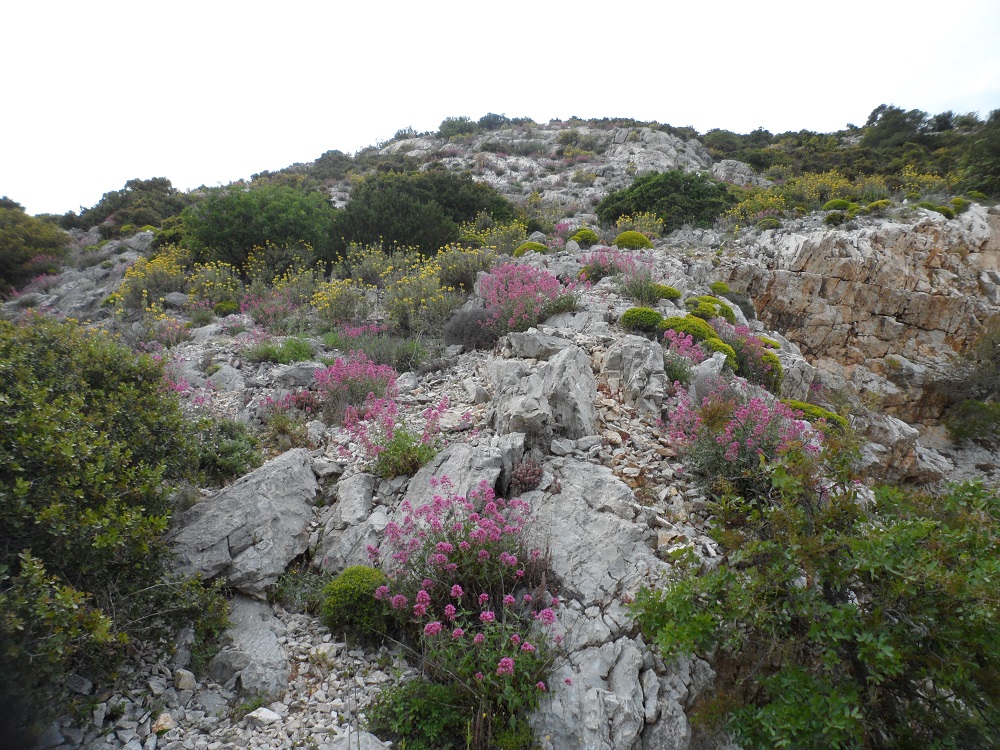
Mountains are like islands in the air because they have endemic flora not seen elsewhere, and Greece, being a mountainous country, is therefore floristically rich. For an overseas visitor looking for a short botanical outing from Athens, where would you suggest as a starting point or introduction? I imagine that timing is important.
You don't have to stray much from Athens to appreciate our flora. The city is built in a basin surrounded by three big mountains, Hymettus, Parnis and Pentelikon. They all have very rich flora - in fact Mt.Parnis has been turned into a National Park, but my favorite has to be Mt. Hymettus, the mountain I grew up looking up to from my village. Once covered by extensive Pinus halepensis forests, which are still present at the northern end of the mountain, it was severely burned by wildfires during World War I and II, only to reveal and strengthen the populations of bulbs and shrubs that were hiding underneath. Get ready to fill your camera with pictures of orchids. The mountain claims to have the richest orchid diversity in Europe. Some 40 plus species of mainly Ophrys and Orchis are to be found between its limestone rocks. And a walk through the 'frygana' (maquis shrubs) will lift your nose into mint heaven - Salvia, Satureja, Thymbra, Micromeria and more Lamiaceae genera occupy every space available. Or visit in autumn to enjoy the abundant displays of autumn bulbs - Cyclamen, Sternbergia, Urginea, Crocus and Colchicum - following the first rains.
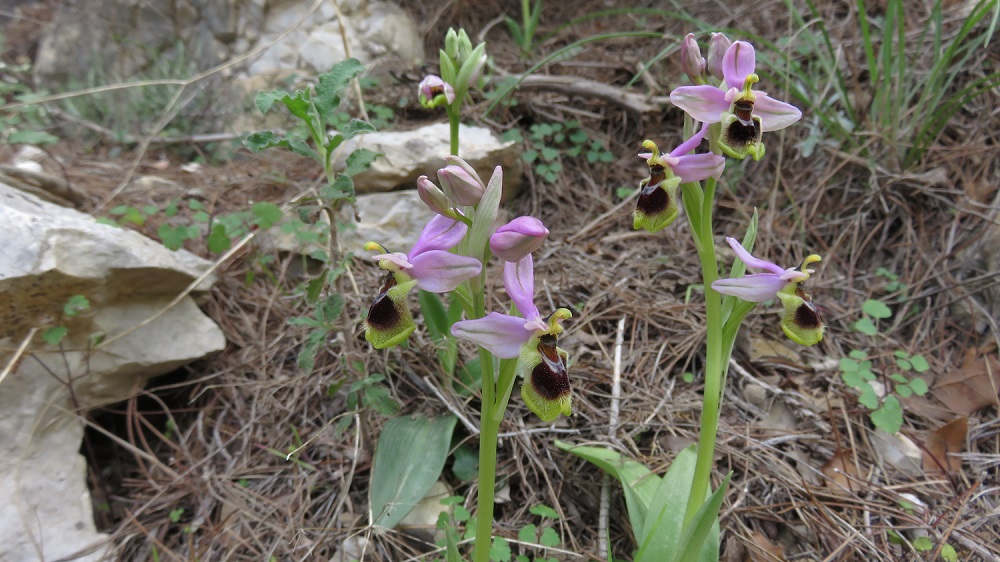
What are your favorite mountain ranges in Greece you enjoy seeing again and again? Why? The mountains of central Greece, an area known here as Roumeli. A series of never ending peaks, with a range between 2000 and 2500 meters, with a difficult to cross trail and dirt road network that hold a very rich plant diversity as they combine elements from the Peloponnese in the south and Northern Greece and the Balkans in the north. It is an area I've been traditionally visiting since I was a child for Easter vacation - the area is known to have the most traditional Easter celebrations in Greece - and learned to appreciate it early on. I never get bored visiting the slopes of Mt.Giona turning blue and yellow with Salvia ringens and Scutellaria orientalis in spring or the high valleys of Mt.Oeta - rich in streams and small freshwater lakes edged by Gentiana asclepiadea surrounded by Abies cephalonica forest.
Some endemic alpine plants like Campanula oreadum or Aquilegia ottonis ssp. amaliae highlight the joys of seeing them thriving in their natural habitats. Do you have a wish list of plants you are keen to see?
A really long one! With a current count of 6.600 species and subspecies and a 15% percentage of endemism in the county, it's hard not to always dream on finding that special plant when I venture into the wild. Lilium rhodopaeum, a yellow lily growing near our northern borders; a number of our very rare fritillaries like the mainly turkish endemic Fritillaria elwesii only to be found in Greece on the tiny most eastern island of Kastellorizo,the endemic to the island of Chios, Fritillaria pelinaea, F.rhodokanakis from the island of Hydra and F. theophrasti from the island of Lesvos; Stachys pangaea only to be found on Paggaion mountain in northern Greece; a beautiful thyme, Thymus laconicus from southern Peloponnese; a beautiful pink Dianthus arpadianus from Samothrace; Cephalaria squamiflora, a really peculiar in the genus, endemic o some Aegean islands; Centaurea pseudocadmea, with bright purple flowers over a mat of silver foliage, found only on three mountain tops in central Greece; and the list goes on! I should stop now.
It was encouraging to see a large number of Greek youth hiking the trail during the EU budget crisis. Have outdoor pastimes typically been popular with the young Greeks?
This is one of the few sectors where the crisis has helped. Following a developing trend of reconnecting with nature - be it gardening, hiking or leaving city centers to find agricultural work i the countryside, young Greeks are slowly rediscovering the Greek mountains. Islands like Ikaria and Samothrace where hikes are a 'must' are in fashion and groups of young Greeks arranging to hike Mt.Olympus or the dragon lakes of Mt. Tymfi in northern Greece isn't something you would normally hear about ten years ago.
Mountains are like islands in the air because they have endemic flora not seen elsewhere, and Greece, being a mountainous country, is therefore floristically rich. For an overseas visitor looking for a short botanical outing from Athens, where would you suggest as a starting point or introduction? I imagine that timing is important.
Surely not enough! Visiting the Greek islands in winter and spring when all the plant action is taking place, needs careful planning and plenty of time. I can say that I have quite a comprehensive view of the magnificent and highly endemic floras of Karpathos and Rhodes in the Dodecanesse, I've lived and botanized a bit in Lemnos and Lesvos in the northern Aegean sea but the island of Lefkada is probably the one where I can tell you what grows where exactly.
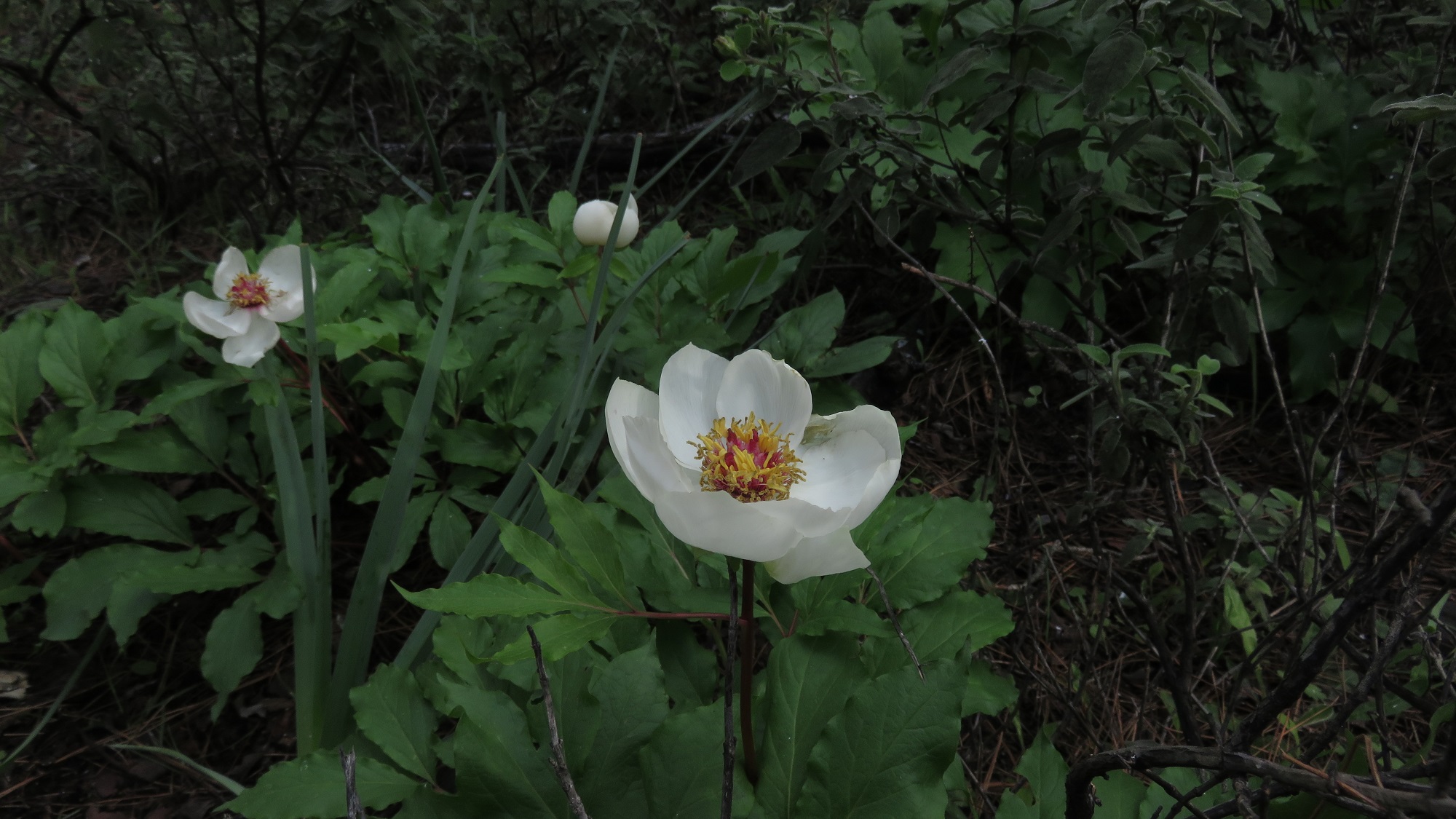
Definitely the Greek islands hold many phyto-surprises - smelling the cinnamon aroma of Paeonia rhodia as you walk around the cypress forests of Rhodes, walking along a strip of sand in January and getting blown over by wind to reach a big population of Androcymbium rechingeri on the island of Elafonisi in Crete, trying to find a trail in the thick mixed forests of Mt.Olympos in Lesvos to reach a full flowering Rhododendron luteum (the only Rhododendron species in our country), climbing on cliffs to get that perfect shot of the most beautiful and heavy flowering ssp. of Dianthus fruticosus (D.fruticosus ssp. carpathus), talking with tens of farmers in the mountain villages of Lefkada to find clues as to where the small populations of the two native peonies (Paeonia peregrina and P. mascula) might be, are some of the most vivid images I have from my island trips..
It is easy to build a reference library of books on Greek flora in no time, although carrying them around isn't convenient. Are there specific lightweight guides you like to trot on your botanical excursions?
I don't go anywhere without two of my books. One is 'Vascular Plants of Greece; an annotated checklist' basically a list of species on the greek territory, but carefully designed to help you figure out what is growing where. The other is an older Greek book, 'The Botanical Paradises of Greece' by George Sfikas, in which each chapter refers to a particular plant diverse area of Greece, some info on access and then lists of most important plants to be found there.
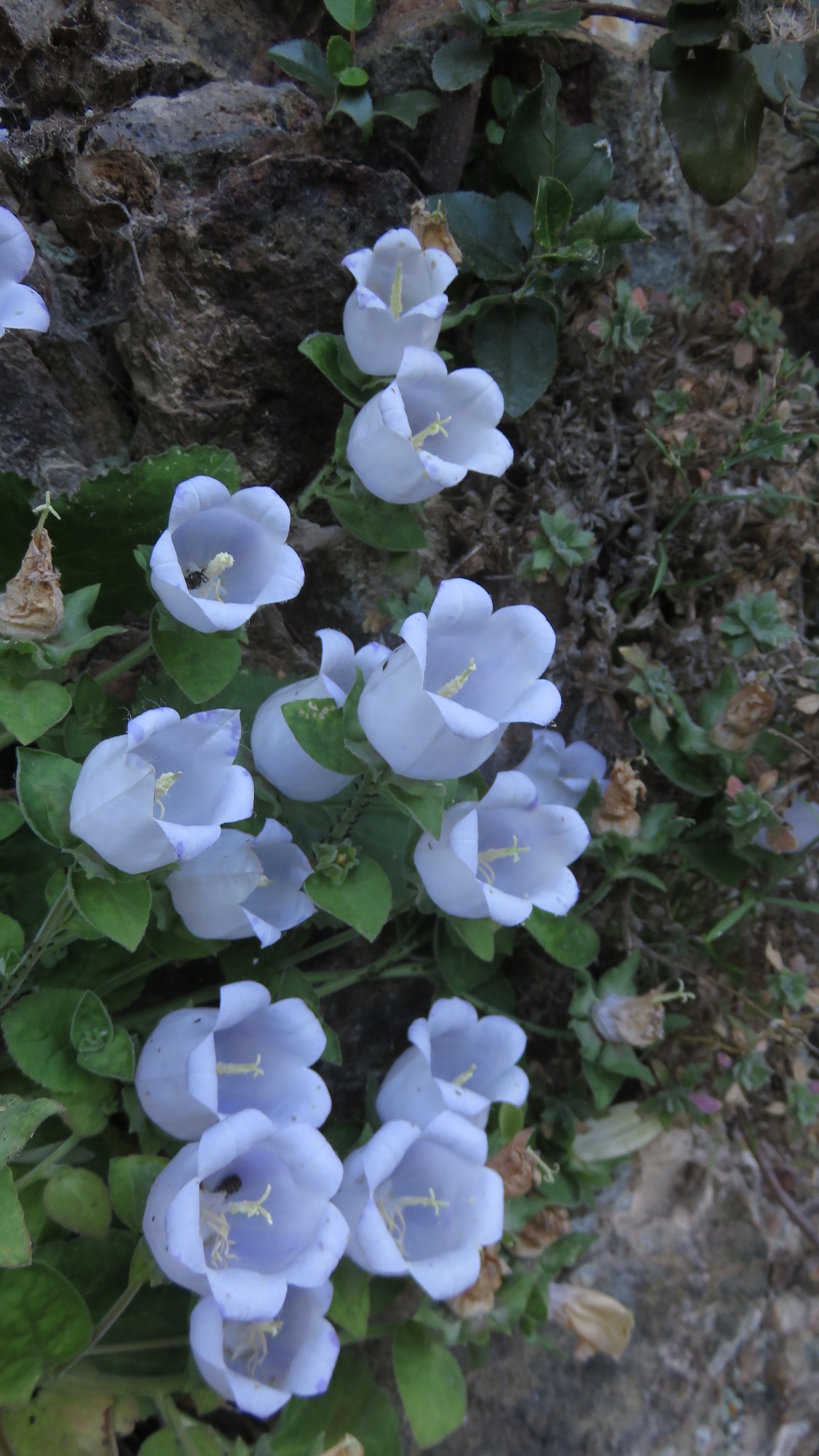
The Campanulaceae is one of the largest flowering plant families in Greece. Do you have a reliable way to eyeball the differences among the genera in the field?
That's true, Campanulaceae has its center of speciation around this part of the world, counting more than species, especially in the genus Campanula. Although some are quite obvious to key, for example Asyneuma giganteum is too big of an Asyneuma to confuse with the rest in the genus which all look similar or Campanula columnaris and Campanula incurva are simply too beautiful to forget. But the are many species, usually rock dwelling mat forming monocarpic species that need a very careful eye - if not a microscope. In fact botanists in Greece have been puzzled by those species for years and new research is currently taking place as to if some traditionally ones like Campanula celsii are sole species or many merged together. It is an exciting family.
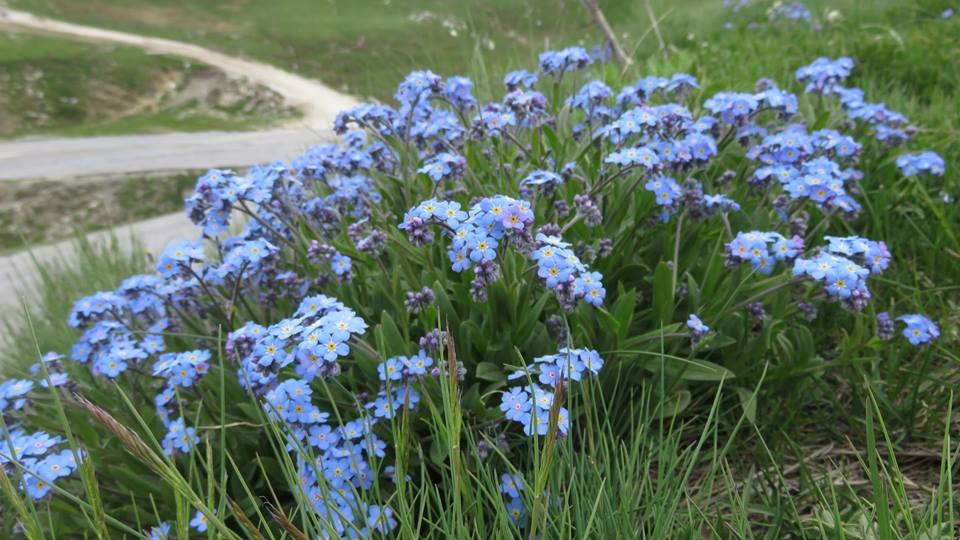
Eastern Turkey shares similar flora as the region is part of the Mediterranean basin. What surprised you during your first visit to Turkey?
I was excited to find out that even though I could tell apart what genus is everything, the species found in the area were different. Although we share many plants with our neighboring floristically rich country, evolution has created a wealth of different species on each side of the Aegean.
In addition to leading botanical expeditions, you maintain two gardens, one at your parents' and another at your uncle's home in an Athens suburb. Besides water rationing and mosquitoes, what challenges do you face gardening in the climate?
Perhaps the most irritating gardening factor in our local climate is the constant northern winds, especially in summer. That means that your watering needs are multiplying; they were already high with a 5 month period of day temperatures between 30-43 degrees Celsius. Top mulching is usually blown in the air and nothing seems to be holding upright by itself. But as in all gardening situations you learn to live with it
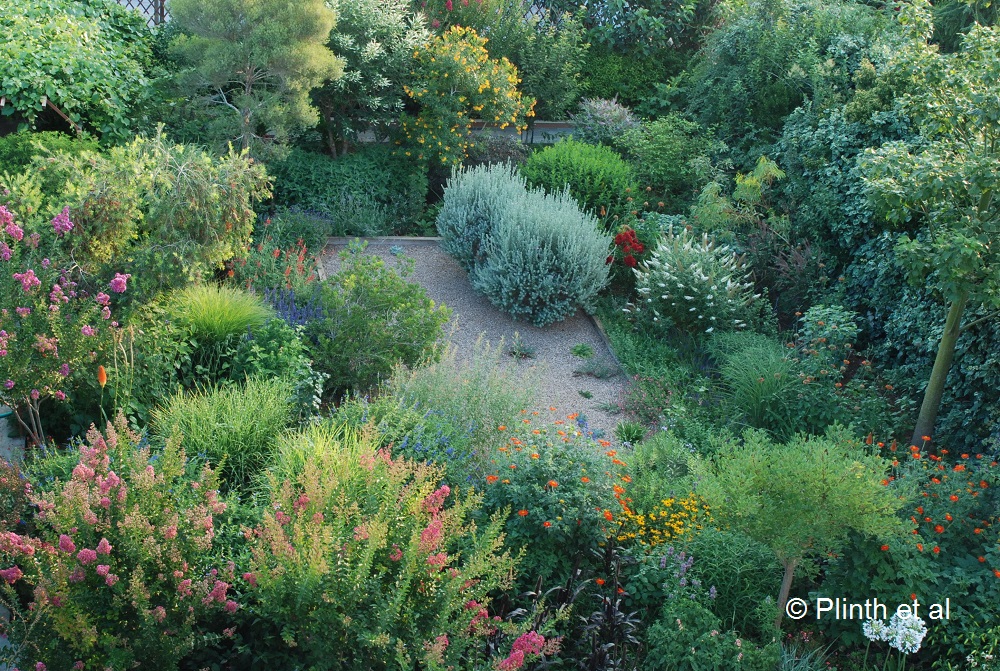
Your garden at your parents' home doesn't resemble a usual plant collector's garden - plants aren't jumped together like a hodgepodge in a curiosity cabinet. The view from the top terrace shows masses blurring together and you practiced restraint in having a central gravel patio whose space otherwise would have given over to more plants. Did you have an edict from your parents regarding the space or they instead entrusted you to the job?
The original garden was a fruit tree/vegetable garden with some lawn and the classic rose borders, that my father who took care of it was very fond of. So my 'eradication' plan had to be done step by step and it took years. One day a rose bush or two went missing, the other day a bit of lawn was removed to plant a Salvia. I've completely taken over the space now but you can still find some of the old lemon and oranges trees that I now appreciate for the shade they provide to my potted bulbs. The truth is that by August the garden is practically inaccessible in most parts, as many plants are left to do their own thing, despite my daily pinching walks around the garden. But that's what I mostly love about this garden, those that are very confined and clipped into perfection are just driving me crazy!
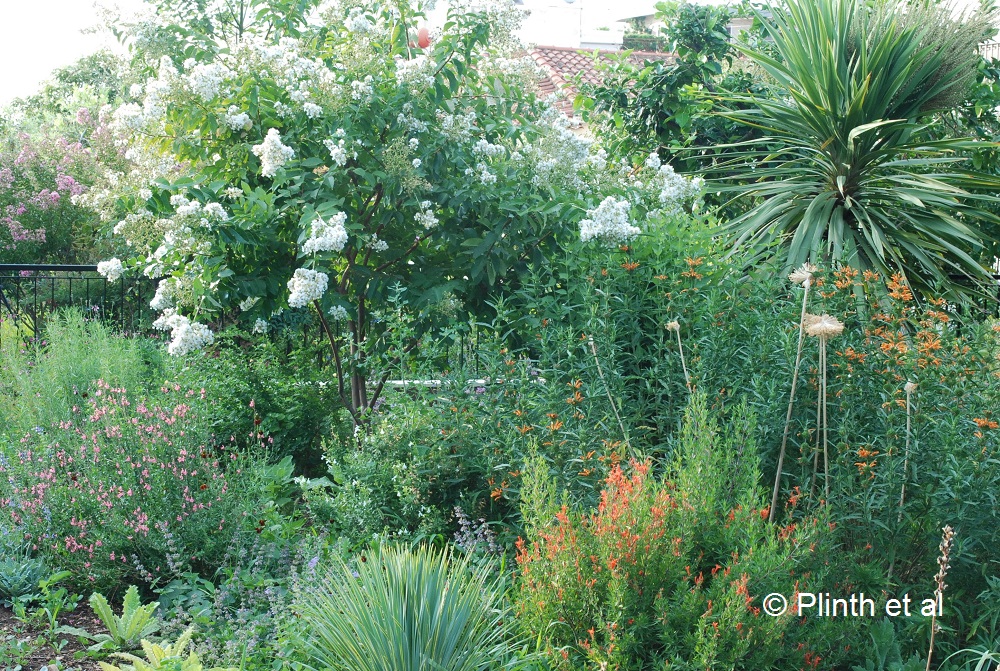
The range of plants sold in local nurseries or garden centers looks limited to the usual suspects, and it seems that specialist nurseries outside of Greece are the source of your plants. Do you have favorite sources you wish to share with readers?
Practically, vising one local garden center here is like having visited all around the country. They are packed with traditionally favorite shrubs and climbers like bougainvilleas, oleanders and gardenias, of course lots of petunias and other annuals for the spring gardening frenzy, which will be sacrificed by June/July to the heat and not much more. A couple of specialists have sprung up here and there but essentially if you need diversity you need to search outside the borders.
I'm very fond of the specialist nurseries in France and a number of them are specializing in Mediterranean shrubs and perennials that my mind is set on these days. Apart from the perfection of quality and variety you can find in Pepiniere Filippi (their catalog can turn you into a Cistus lover in seconds), I enjoy the specialized offerings of Les Senteurs du Quercy, Pepiniere de l'Armalette and Pepiniere botanique de Vaugines. And of course, if you love Salvias, you'll have to get in touch with Elisa Benvenuti and her nursery Le essenze di Lea in Italy.
Olivier Filippi is one noticeable name associated with Mediterranean or dry climate gardening, and the number of plants listed in his book shows how limited the diversity of garden plants is represented as oleander, geraniums, and bougainvillea are used again and again. Does tradition have a restricting influence?
It certainly does in Greece, where people have cultivated the same garden plants for years and their vision is very limited. Also there is a lack of wanting to love things that look different. I'll give you an example. Many people in the north of the country have problems keeping their Gardenias alive in winter with the freezes. Let's say you present them with a single Gardenia that can be hardy for them. You'll hardly get any buyers as the flower is simply not double, hence not beautiful enough. In addition to that, there is literally no gardening culture regarding to xeric or dry climate gardening here, so that hardens the case. Try to convince a person to plant the so well adapted Phlomis fruticosa in their garden. You'll only get ' but this stuff grows everywhere around in the mountains, it is a weed!' Thankfully there are exceptions and the Mediterranean Garden Society has done much to change it.
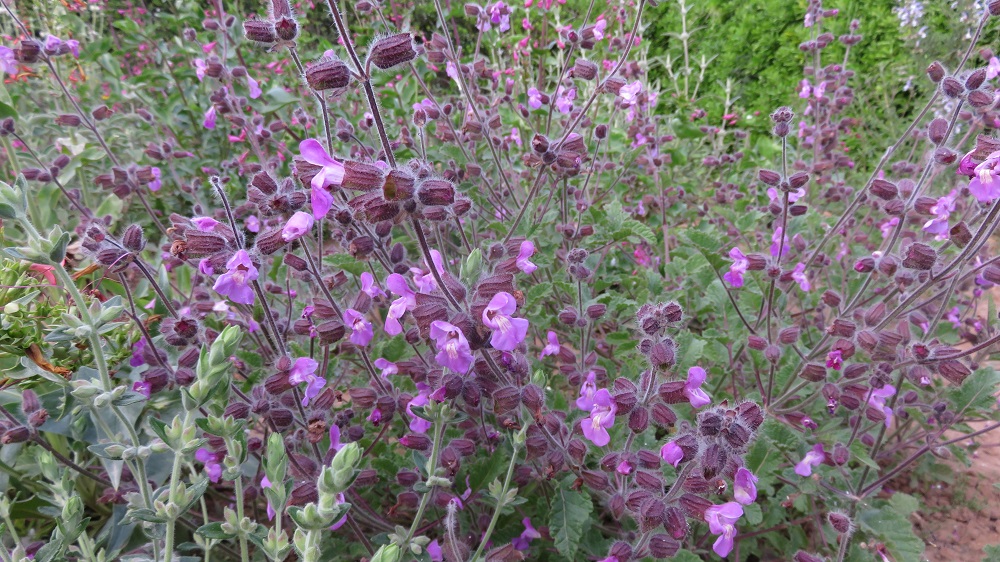
The mint family (Lamiaceae) is a specialty of yours . What genera currently capture your interests?
There's just something unique in the form of a Lamiaceae flower that attracts me. I'm still looking for that Lamiaceae member that I wouldn't like! Even weedy things like Stachys arvense and Lamium amplexicaule can make me happy.
I've been collecting salvias for many years, although I'm slowly turning my attention towards the Mediterranean species and giving up on many of the New World species that just refuse to stay alive with the summer heat or when they do they stop flowering and look miserable. But the trio of Teucrium, Sideritis and Stachys is what I'm in love with these days.
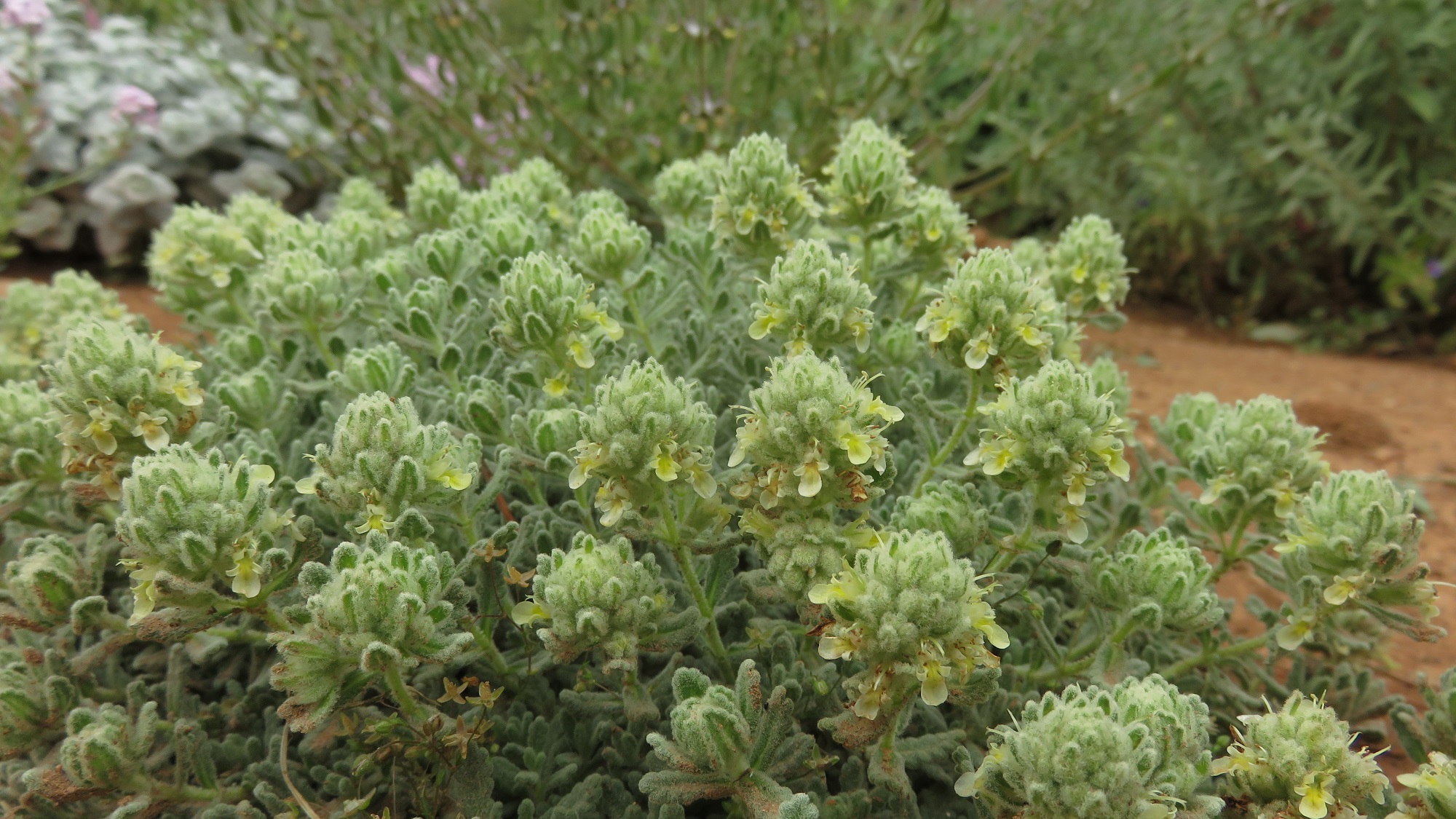
As I collect new species, I am amazed at how different their foliage textures and scents are and how much neglect they can take.
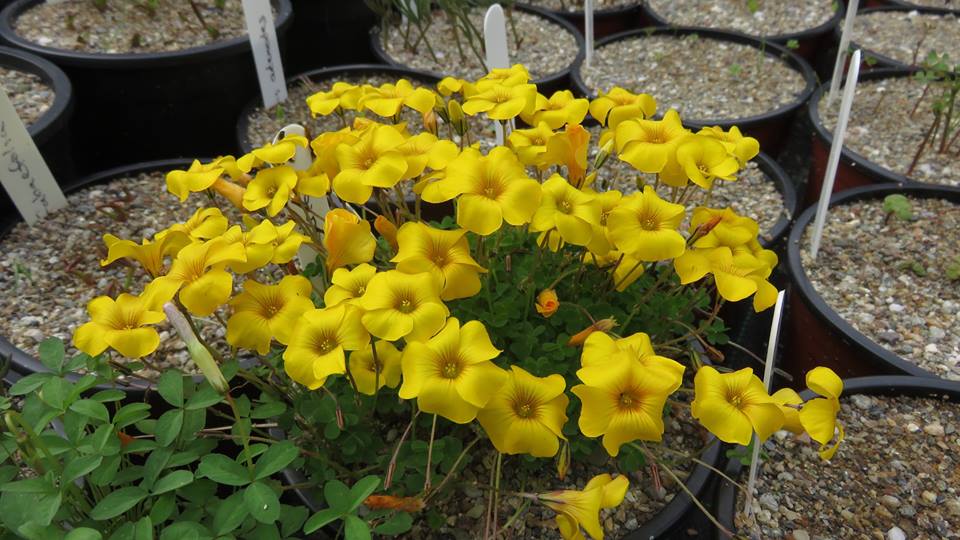
Bulbs are another person obsession as I recall seeing several dozen pots of dormant bulbs in the propagation area.
A set of 50 mixed tulip/daffodils/muscari bulbs was probably the first plant purchase I did for myself when I was a child. I planted them all in pots, one by one, and then waited. Most did terribly. I was furious! Back then I dedicated myself to grow tulips beautifully, and I managed but that obsession lasted few years. It wasn't until I grew again some Sparaxis tricolor bulbs some 10 years ago that it hit me again. It opened my mind towards South African bulbs. In our similar climate they can grow excellent, and they are so easy to multiply or grow from seed, which also gave me the idea of helping my income by growing and selling them online. I have now lost count of the number of bulb species and varieties in my pot area, probably around 1000. My favorite genus though is Oxalis, of which I grow around 150 species and constantly adding more. It is a pleasure to watch them filling their small pots and there are always some species in flower from September to May.
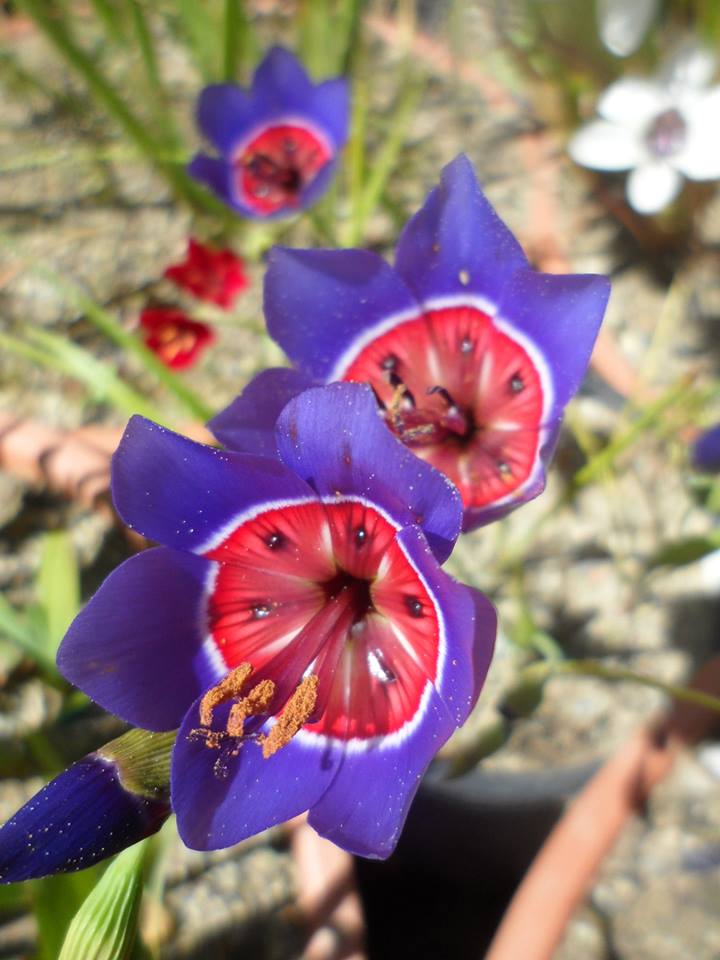
I can't help test your knowledge of Greek mythology but what Greek deity do you identify the most with and why? It doesn't have to relate to your interest in plants.
I'll forget my constant Dionysian appetite for eating good and dancing and I'll go with Hermes, due to his affiliation with travelling and moving fast, much as I like to do in my everyday life.
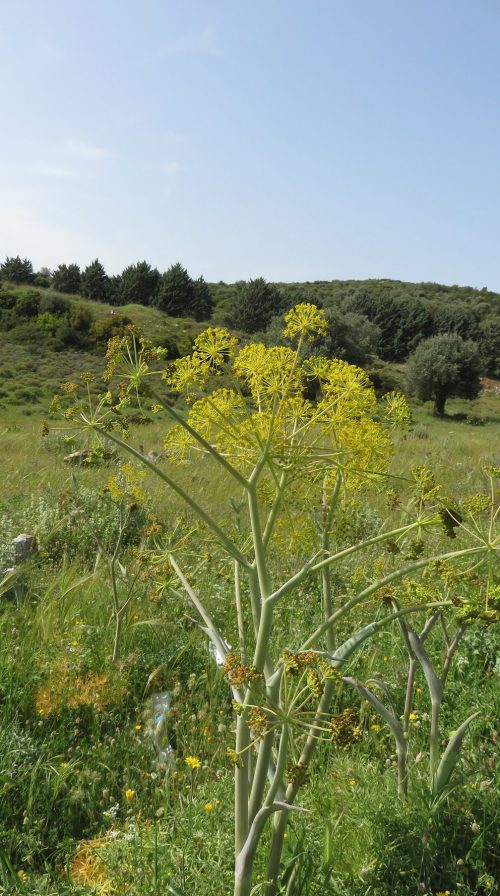
Umbellifers are very popular in today's gardens for their loose wild feel and pollinator benefits. Ferula communis and Orlaya grandiflora from Greece are two species widely grown. Any potential species you would like to see cultivated more and not having an aggressive potential?
First one that comes to mind is Thapsia garganica, which looks like a dwarfed more refined version of Ferula communis. Watching it unfurl its umbels from its thick stems in spring is a joy. Then Malabaila aurea, a fast growing intense yellow annual species with the most attractive seed heads. And Seseli gummiferum ssp. crithmifolium for its beautiful grey foliage and fat flowerheads - you'll just need a constant drying sea breeze to make it look perfect - good luck.
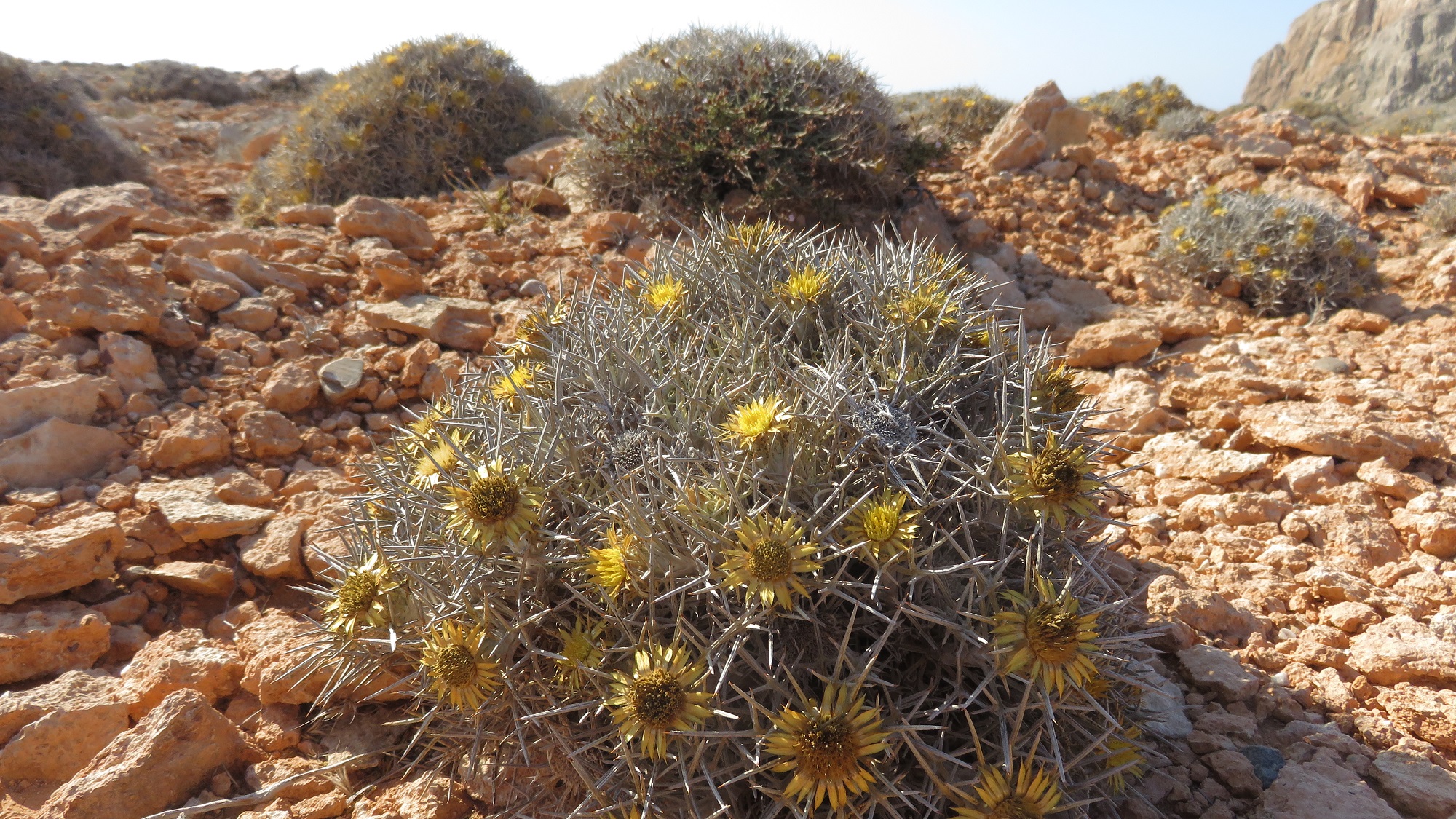
What is your desert island plant?
It's a very spiny one! Carlina tragacanthifolia, an endemic species of the southeastern Aegean islands, which I have seen growing magnificently around the coasts of Karpathos. Huge, lethally spiny, silvery grey cushions, dotted under the baking sun with big shiny yellow daisies, this is one of the few plants that can look amazing in that situation in the middle of August.
What do you look forward to the most? More plants, more plants, more plants. Growing them, seeing them in the wild and talking about them.
Thank you Eleftherios!


